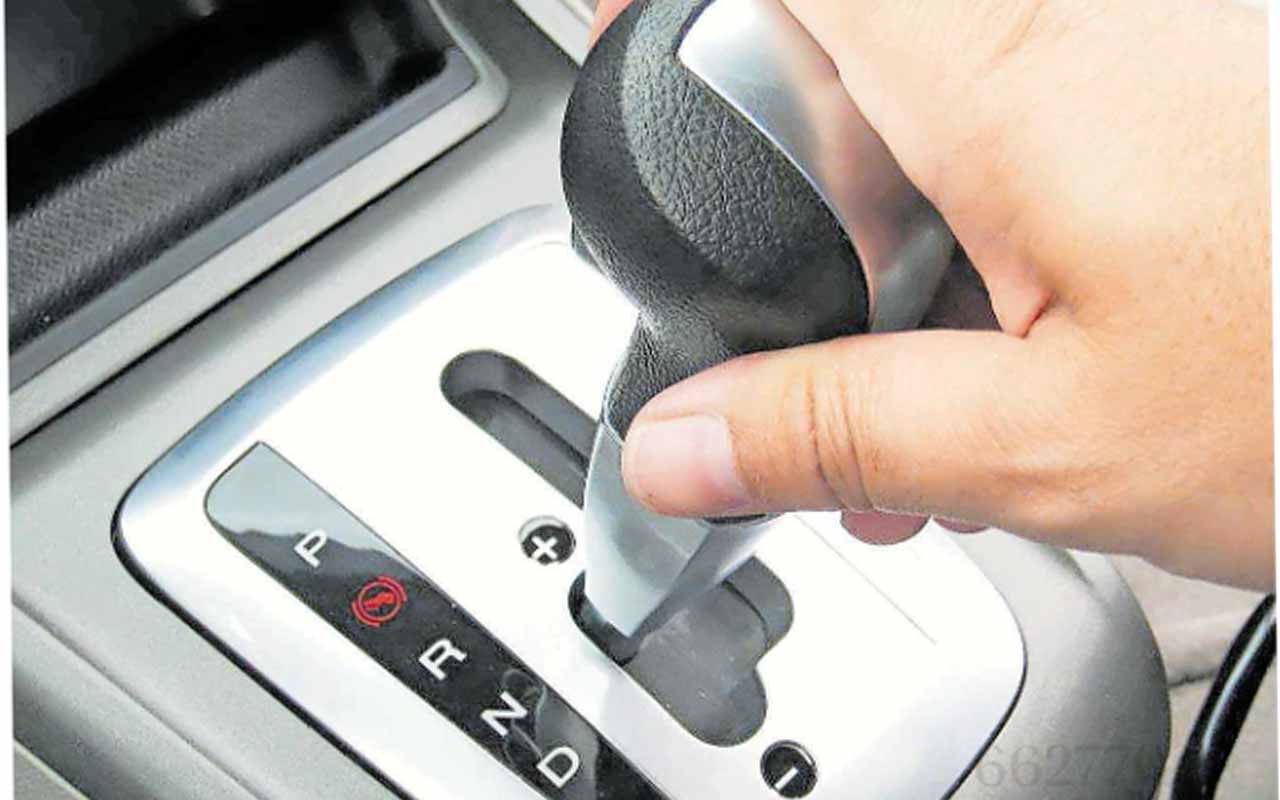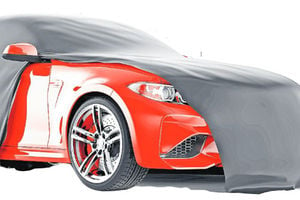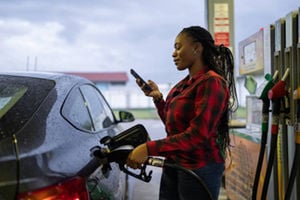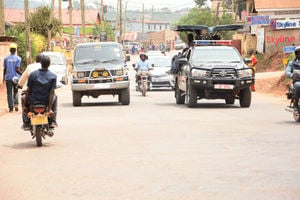
Consider shifting to neutral when you find yourself in prolonged traffic stops such as during heavy traffic jams. Photo/Carfromjapan.com
Hello Paul, I have always wondered whether I should shift to neutral every time I stop in traffic. George
Hello George, shifting to neutral when you stop in traffic is a topical issue and attracts quite a lot of debate because it has pros and cons. Shifting to neutral is when you disengage an engine from the transmission and wheels by selecting N on the automatic transmission shift selector or shifting out of gear with the manual transmission.
There are some arguments in favour of shifting to neutral in traffic jams. This can be good for the car. For manual transmissions, it can help prevent clutch wear and unnecessary clutch fluid flow.
For automatic transmissions, there is reduced wear as you are going nowhere. Prolonged idling in gear can cause heat build-up, which tends to stress the transmission fluids which may accelerate wear and tear over time.
You can improve your car's fuel economy or reduce fuel consumption by selecting neutral, which reduces engine load and lowers idling revolutions. This can be contested because the fuel economy gains will depend on how well-tuned your engine is.
There are some noteworthy arguments against shifting to neutral when caught in a traffic jam. Re-engaging low gears from neutral when idling an engine can cause transmission damage, especially if you are coasting or rolling downhill. There is a potential to wear out your brakes more as you lose the benefit of engine braking while coasting downhill.
There is also a safety concern that coasting or rolling downhill makes it difficult to control the car while braking or executing sudden emergency manoeuvres. There is also the risk of causing an accident when the car rolls backwards when crawling in traffic on an incline. It can be difficult to accelerate promptly in response to moving traffic while trying to engage into gear from neutral.
What I would recommend is to only consider shifting to neutral when you find yourself in prolonged traffic stops such as during heavy traffic jams where you are likely to idle the engine for long. In the bigger scheme of things, shifting to neutral leaves you exposed to potential manoeuvrability and safety issues outlined above. The gains may be so minimal compared to the risks involved.
Modern vehicles built after 2015 will most likely have automatic start/stop technology, which stops the car in traffic stops and starts it when you tap the accelerator to go. Newer cars will automatically shut off the engines when you idle for some time, while their advanced transmissions reduce wear and tear to maintain peak efficiency even during idling in slow traffic.







